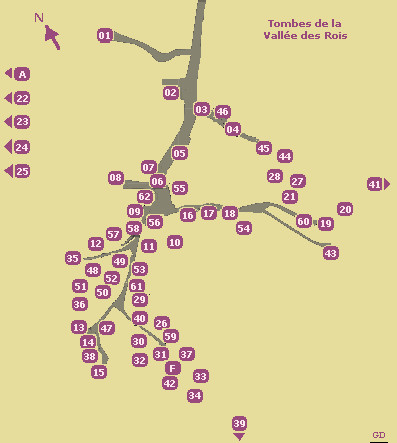“New Research in the King’s Valley: Amenhotep III Family Tombs in the Valley of the Kings” Susanne Bickel (EEG Meeting Talk)
In April Susanne Bickel came to talk to us at the Essex Egyptology Group about the work she and her team have been doing in the Valley of the Kings for the last decade – mostly re-excavating previously known tombs with the benefit of modern archaeological methods, but they also discovered a new tomb in 2012. She began her talk by showing us a few images of decoration from inside various Pharaoh’s tombs in the Valley of the Kings – our usual “mental image” of the place. But actually only 22 of the known 64 tombs (plus 20 “pits” ) are for Pharaohs. So that means there are around 40 of what are often called non-royal tombs, Bickel prefers to say “other tombs” because the term non-royal is misleading in English. We would say that queens, princes & princesses are also royal, and those are generally the occupants of these… Read More »“New Research in the King’s Valley: Amenhotep III Family Tombs in the Valley of the Kings” Susanne Bickel (EEG Meeting Talk)
